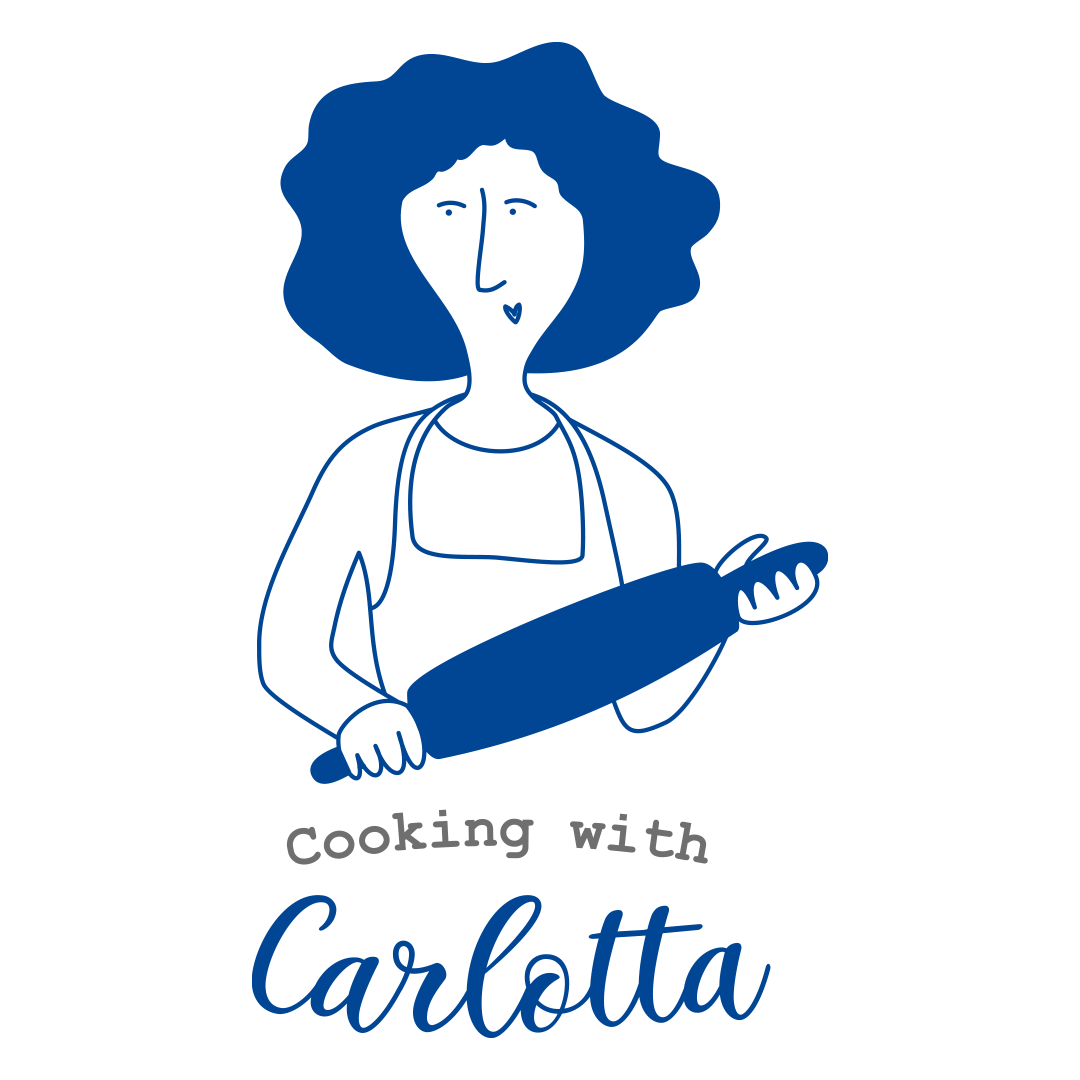As our beloved Pellegrino Artusi claimed, “Cooking is a troublesome sprite”.
Clear of any more or less pleasant surprises that can happen to those who decide to measure themselves against the kitchen stove, there are some fundamental principles of Italian cuisine that we take for granted, that prove otherwise, especially if we compare them to foreign experiences.
Science in the Kitchen and the Art of Eating Well is not only the first cookbook for the families of a country recently united in the mid-19th century, but it marks another Florentine record, since it was printed here by the Bemporad publishing company (even if at the beginning of this adventure the Florentines were not very “pleasant” with my fellow countryman).
The title page of the book, ever-present in every Italian kitchen, often stained and tattered, introduces the rules of Italian cuisine that, to this day, we still abide by: cleanliness – thriftiness – good taste.
In Italy, the regulations on food safety and hygiene, both in distribution and food service, are the strictest in Europe, bearing in mind that the European Union has some of the highest standard’s in the world. The use of antibiotics for livestock, the use of pesticides in agriculture, and the hygiene controls in food production and distribution are extremely strict.
Comparing the allergen list that must be listed on food labels or on restaurant menus, Europe classifies fourteen of them, while the American FDA only recognises eight.
Italian cuisine includes an ample list of “leftover recipes” which, in addition to the traditional meatloaves and meatballs of Western cuisines, adds ingenious pan fried risottos, pasta frittatas, soups and desserts made with stale bread, in addition to frying breadcrumbs to use as a condiment for pasta (not to mention roast meat leftovers and pan juices to make fillings and sauces for mouth-watering stuffed pastas).
As for good taste, Italians are privileged to be surrounded by beauty and art. The relentless search for quality in every detail has led to the development of a kind of instinct and culture passed down from generation to generation of families, an ability to carefully combine foods and beverages, and select raw materials. Our dear Artusi warned us at the time “…always choose the finest ingredients as your raw materials, for these will you make you shine”.
Things have never changed since then; some years ago, the ambassador of Italian cuisine in the UK, Anna Del Conte, reaffirmed the cornerstones of Italian cuisine for her British readers, which she divided into the ten commandments-of-italian-cooking. Among them, the first commandment was the invitation to purchase the best ingredients possible.
What constantly amazes my foreign clients is the ability of Italian cuisine to create unique dishes, rich in flavour and character with very few ingredients. This is possible because the selection of excellent raw materials is combined with constant attention to the dish being prepared from start to finish, subtle seasoning and dosing of spices and herbs, and constant tasting and adjusting.
